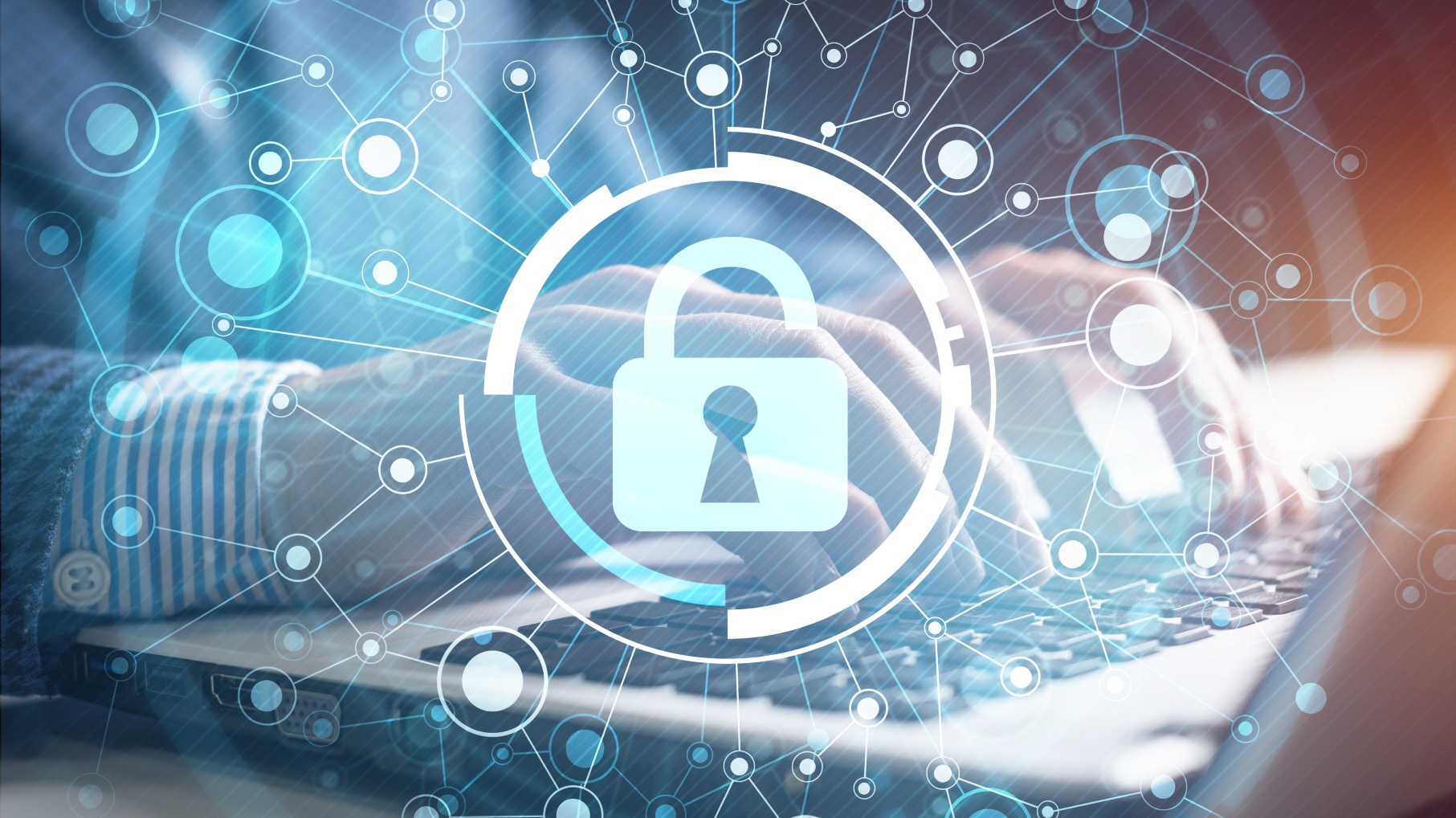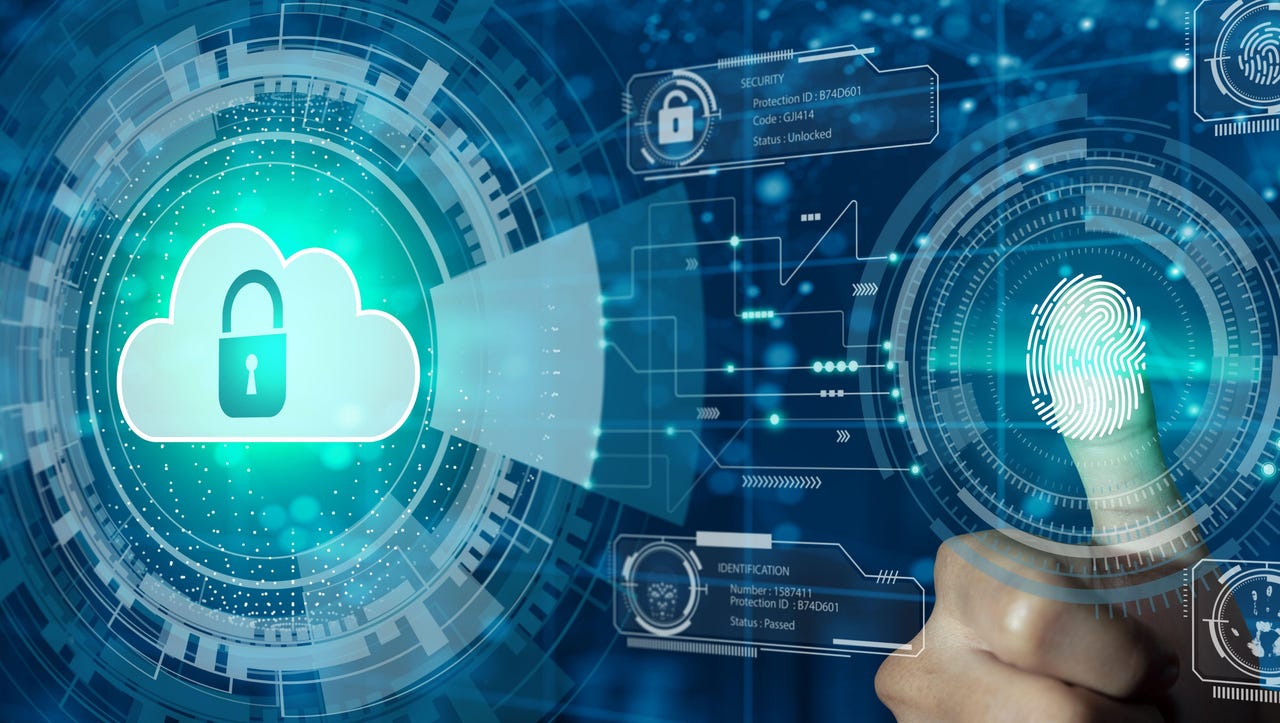Enterprise Technology & Cloud Services / Enterprise security
Weekly Enterprise Technology & Cloud Services / Enterprise security Insights
Stay ahead with our expertly curated weekly insights on the latest trends, developments, and news in Enterprise Technology & Cloud Services - Enterprise security.
Recent Articles
Sort Options:

From Drift to Discipline: Operating Model for Regaining Enterprise Cloud Control
Today's enterprise innovations, including AI and real-time solutions, rely heavily on cloud infrastructure. However, many organizations face challenges like cloud sprawl and security risks, highlighting the need for more cohesive and proactive infrastructure management.

Future-proofing enterprise security in a zero trust world
Recent cybersecurity incidents highlight that few organizations are immune to breaches. As digital transformation accelerates, enterprises must adopt proactive security strategies, streamline tools, and embrace integrated platforms like Microsoft Entra ID to enhance resilience against evolving threats.

AWS Enhances Cloud Security With Better Visibility Features
At the re:Inforce 2025 conference, the cloud giant unveiled enhanced features for its core security products, aimed at improving customer visibility and providing deeper context on potential threats, reinforcing its commitment to cybersecurity innovation.

Pure Enterprise Data Cloud bundles its IP for business outcomes
An all-flash evangelist enhances its Enterprise Data Cloud by integrating storage management and as-a-service solutions, while also expanding hardware offerings with high-performance arrays and a groundbreaking 300TB flash module, promising significant advancements in data storage technology.